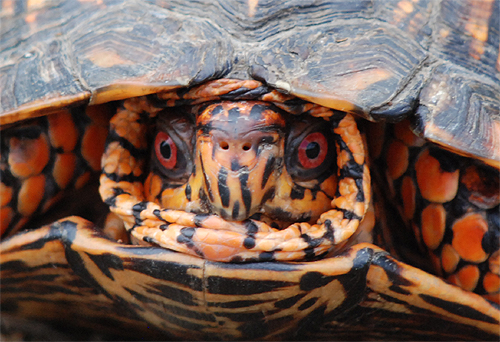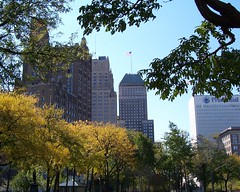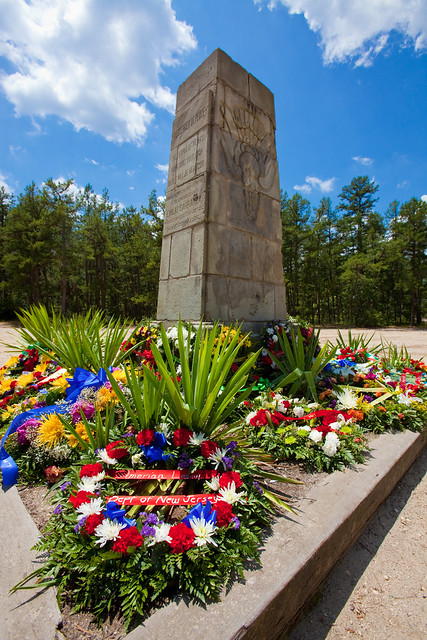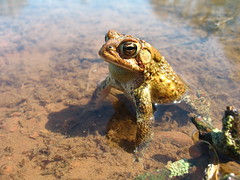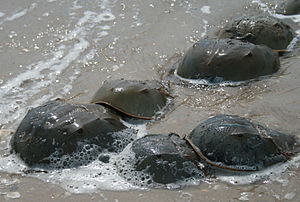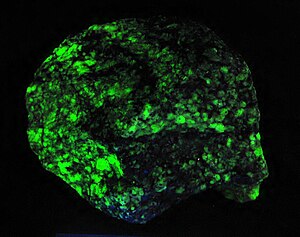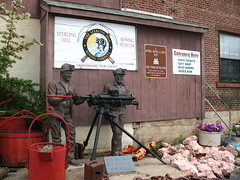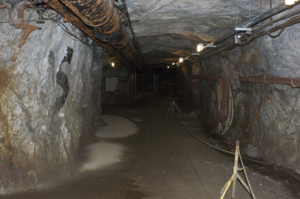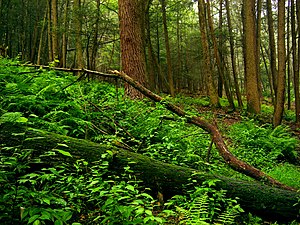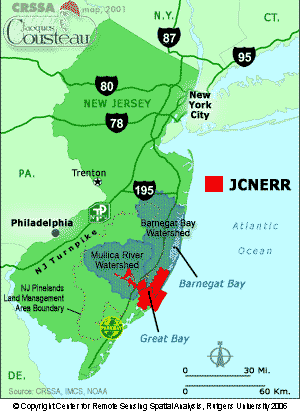 Image via Wikipedia
Image via WikipediaAccording to their
website,
"The JC
NERR encompasses approximately 115,000 acres in southeastern
New Jersey, including a great variety of terrestrial, wetland and
aquatic habitats within the
Mullica River-Great Bay ecosystem. The
Reserve is a concentrated patchwork of federal and state lands managed
in partnership through a variety of agencies. With little more than 1%
of the Reserve subjected to human development, this area is regarded as
one of the least disturbed estuaries in the densely populated urban
corridor of the Northeastern United States. Occurring within the unique
New Jersey Pinelands forest ecosystem, on the coastal plain and the
barrier islands of the coastal margin, the Mullica River-Great Bay
estuary is of special ecological value. The high environmental quality
of the habitats within the Cousteau Reserve are consistent with the
objective of the Reserve system to preserve areas which retain a healthy
ecosystem and provide the opportunity to serve the needs of long-term
research and monitoring programs."
 Image via Wikipedia
Image via Wikipedia
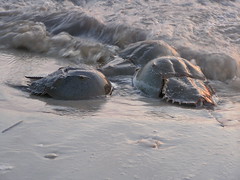 Image by U. S. Fish and Wildlife Service - Northeast Region via Flickr
Image by U. S. Fish and Wildlife Service - Northeast Region via Flickr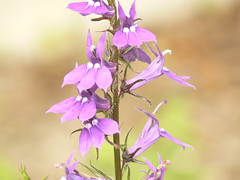 Image by U. S. Fish and Wildlife Service - Northeast Region via Flickr
Image by U. S. Fish and Wildlife Service - Northeast Region via Flickr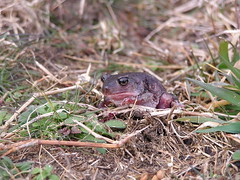 Image by U. S. Fish and Wildlife Service - Northeast Region via Flickr
Image by U. S. Fish and Wildlife Service - Northeast Region via Flickr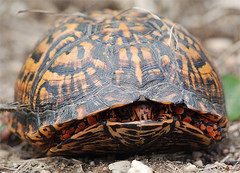 Image by Billtacular via Flickr
Image by Billtacular via Flickr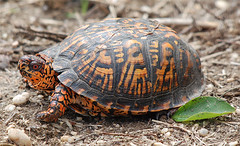 Image by Billtacular via FlickrEstablished
as part of the the National Wildlife Refuge System in 1989. The refuge
has 11,500 acres and continues to grow. Cape May has a key location on
the Atlantic Flyway. Some of the birds which find the refuge important
are the American black duck, American kestrels, bald eagles, barred
owls, blue winged warblers, bobolinks, Cooper's hawks, great blue
herons, least tern, little blue herons, northern harriers, ospreys,
ovenbirds, peregrine falcons, piping plover, red-headed woodpeckers, red knot, red-shouldered hawks, red tailed hawks, ruddy turnstone, semipalmated sandpiper, sanderling, sharp-shinned hawks, short-eared owls, woodcocks and yellow-crowned night-herons.
Reptiles and amphibians include the diamondback terrapin, Eastern tiger
salamander and the Southern gray treefrog. Swamp pink, a member of the
lily family, is on the Federal list of Endangered species, and this is
one of the few places it can be found. There are four hiking trails in
the refuge.
Image by Billtacular via FlickrEstablished
as part of the the National Wildlife Refuge System in 1989. The refuge
has 11,500 acres and continues to grow. Cape May has a key location on
the Atlantic Flyway. Some of the birds which find the refuge important
are the American black duck, American kestrels, bald eagles, barred
owls, blue winged warblers, bobolinks, Cooper's hawks, great blue
herons, least tern, little blue herons, northern harriers, ospreys,
ovenbirds, peregrine falcons, piping plover, red-headed woodpeckers, red knot, red-shouldered hawks, red tailed hawks, ruddy turnstone, semipalmated sandpiper, sanderling, sharp-shinned hawks, short-eared owls, woodcocks and yellow-crowned night-herons.
Reptiles and amphibians include the diamondback terrapin, Eastern tiger
salamander and the Southern gray treefrog. Swamp pink, a member of the
lily family, is on the Federal list of Endangered species, and this is
one of the few places it can be found. There are four hiking trails in
the refuge. 

